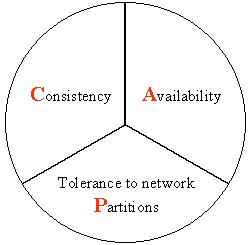There is sustained and widespread interest in understanding the limit, if any, to the human lifespan. Apart from its intrinsic and biological interest, changes in survival in old age have implications for the sustainability of social security systems. A central question is whether the endpoint of the underlying lifetime distribution is finite. Recent analyses of data on the oldest human lifetimes have led to competing claims about survival and to some controversy, due in part to incorrect statistical analysis. This paper discusses the particularities of such data, outlines correct ways of handling them and presents suitable models and methods for their analysis. We provide a critical assessment of some earlier work and illustrate the ideas through reanalysis of semi-supercentenarian lifetime data. Our analysis suggests that remaining life-length after age 109 is exponentially distributed, and that any upper limit lies well beyond the highest lifetime yet reliably recorded. Lower limits to 95% confidence intervals for the human lifespan are around 130 years, and point estimates typically indicate no upper limit at all.
翻译:人们对了解人类寿命的限度(如果有的话)有着持续和广泛的兴趣。除了其内在和生物利益之外,老年生存的变化对社会保障体系的可持续性具有影响。一个核心问题是基本寿命分布的终点是否有限。最近对最古老人类寿命数据的分析导致对生存的相互竞争,并引起一些争议,部分原因是统计分析不正确。本文讨论了这些数据的特殊性,概述了处理这些数据的正确方法,并提出了适当的模型和方法来进行分析。我们对某些早期的工作进行了批判性评估,并通过重新分析半超中度寿命数据来说明这些想法。我们的分析表明,109岁以后的剩余寿命是指数性分布的,任何上限都远远超出最高寿命,但可靠地记录下来。人类寿命的95%的置信期大约为130年,点估计通常没有显示任何上限。



